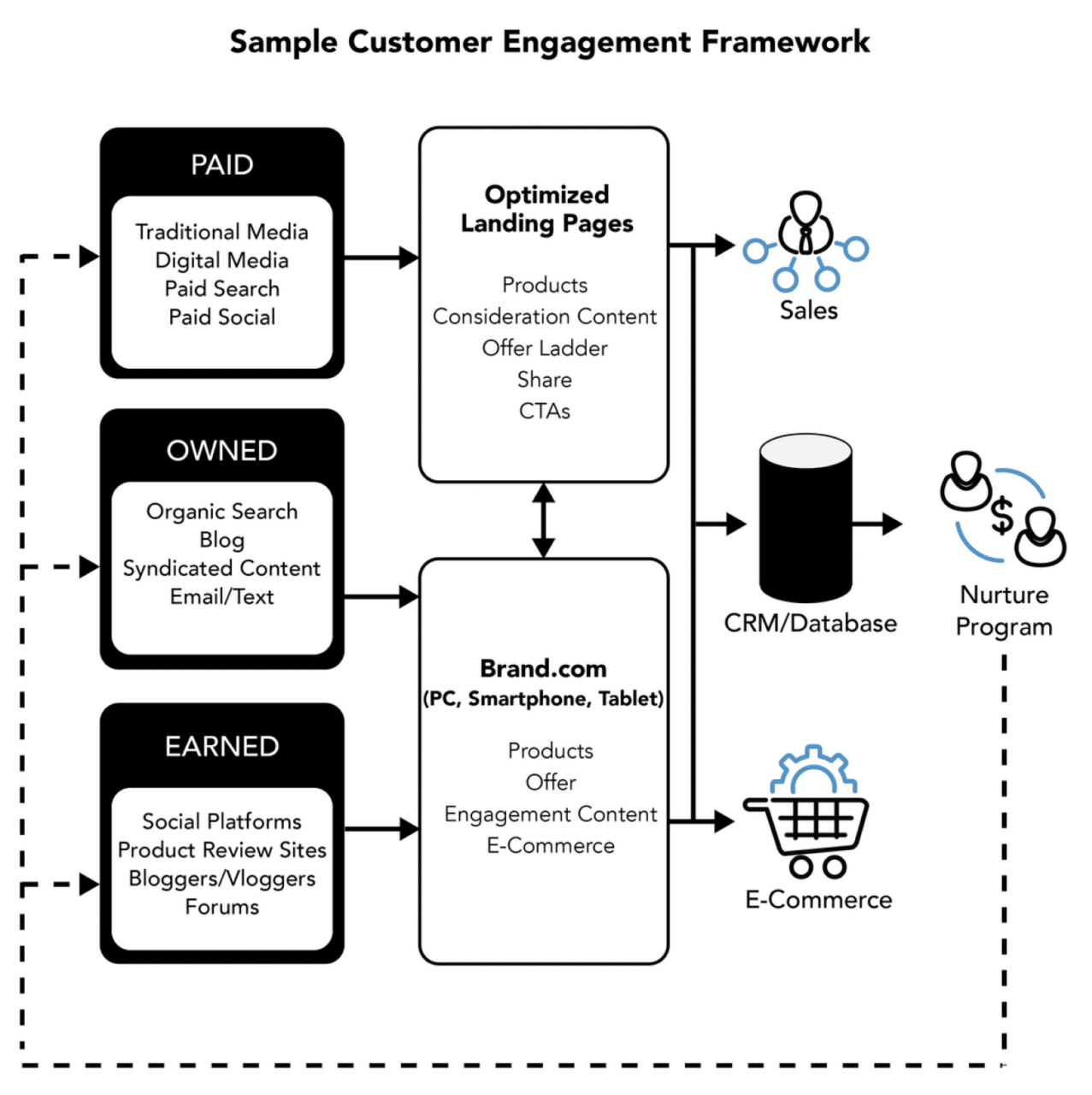Importance of Diversifying Your Website Traffic Sources Is Your Website Traffic Stuck in a One-Horse Town?
Is Your Website Traffic Stuck in a One-Horse Town? Importance of Diversifying Your Website Traffic Sources.
Look Outside of Google for Website Traffic
Businesses must look beyond traditional channels to thrive in a rapidly evolving digital landscape.
While Google remains a dominant player in search engine marketing, it’s essential to diversify traffic sources for sustainable growth.
This blog post takes you on a journey of discovery, unveiling untapped opportunities and effective strategies to boost your website traffic beyond Google.
The Changing SEO Landscape
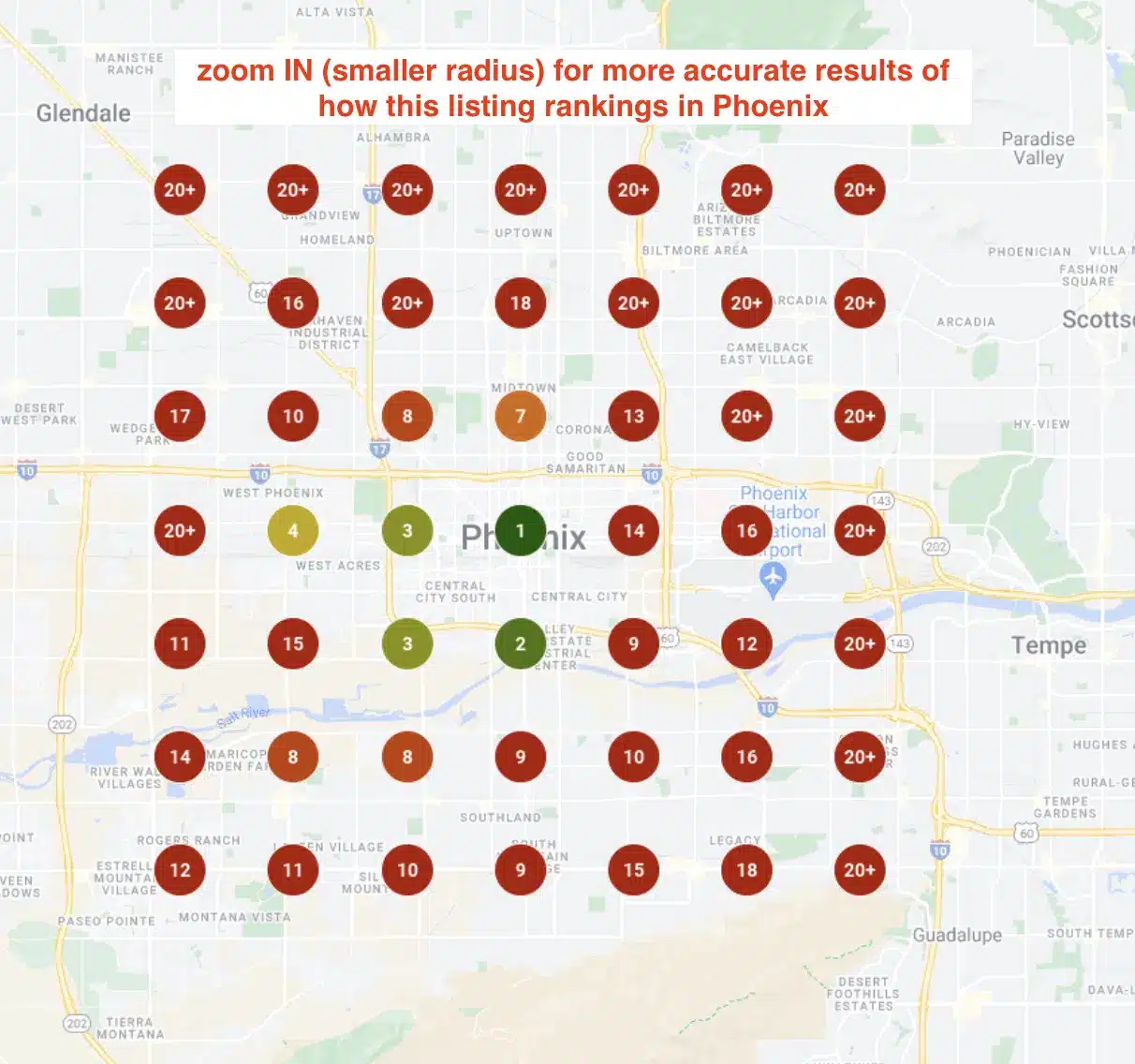
The digital marketing landscape constantly evolves, and businesses must adapt to stay ahead. One of the most significant changes in recent years has been the rise of social media.
Social media platforms like Facebook, Twitter, and Instagram are now major traffic sources for businesses of all sizes. Social media is a great way to connect with potential customers and build relationships.
The Importance of Diversifying Your Traffic Sources
Relying on a single traffic source is risky. If that source suddenly dries up, your business could be in trouble. That’s why it’s critical to diversify your traffic sources.
Doing so will reduce your risk and ensure you always get the traffic you need to grow your business.
Your Blueprint for SEO Success in 2025
Whether you’re a business owner, marketer, or seasoned SEO professional, this guide is tailored to give you a competitive edge in the evolving digital landscape. Get SEO Pricing.
Interesting Digital Marketing Trends That Only Some People Are Talking About
- Video marketing is on the rise. By 2022, 82% of all consumer internet traffic will be video. (Source: Cisco)
- Social media is still a major player. 97% of marketers use social media for marketing purposes. (Source: Social Media Examiner)
- Content marketing is still king. 93% of B2B marketers use content marketing to generate leads. (Source: Content Marketing Institute)
- Influencer marketing is growing. 86% of marketers say that influencer marketing is effective. (Source: Influencer Marketing Hub)
- Voice search is on the rise. 55% of consumers use voice search to find local businesses. (Source: BrightLocal)
- Artificial intelligence is changing the game. 77% of marketers believe AI will revolutionize marketing in the next five years. (Source: Salesforce)
- Personalization is key. 80% of consumers are likelier to buy from a company that offers personalized experiences. (Source: Epsilon)
- Customer experience is everything. 86% of consumers say that customer experience is more important than price. (Source: Salesforce)
- Mobile marketing is a must. 80% of internet users own a smartphone. (Source: Pew Research Center)
- Data is the new oil. 95% of marketers say that data is critical to their success. (Source: Gartner)
Marketing Managers with Poor Search Traffic Results from Google
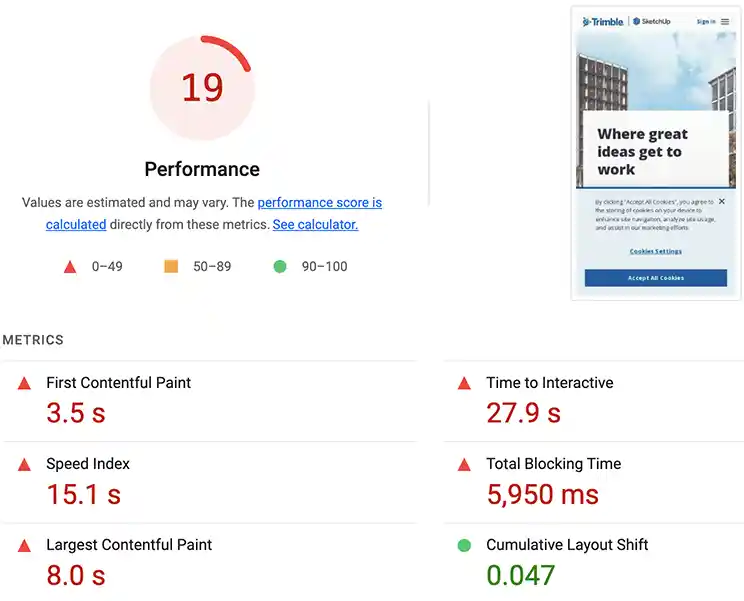
Pains:
- Not getting enough traffic to their website
- Poor search rankings
- Not being able to compete with larger companies
- Wasting time and money on ineffective marketing strategies
- Feeling frustrated and overwhelmed Automated Keyword Discovery: A Game Changer for SEO
Desires:
- To get more traffic to their website
- To improve their search rankings
- To be able to compete with larger companies
- To find effective marketing strategies that work
- To feel confident and in control of their marketing efforts
Look Outside of Google for Website Traffic: An SEO Manager’s Perspective
In a digital marketing landscape dominated by Google, relying solely on search engine optimization (SEO) to drive website traffic is tempting. However, savvy SEO managers know that looking beyond Google can yield significant benefits.
In this blog post, we’ll explore why it’s essential to diversify your traffic sources and how an AI digital marketing agency like Matrix Marketing Group can help you achieve better lead conversions.
Affordable SEO Solutions That Drive Real Results
Matrix Marketing Group Delivers Customized SEO Strategies with Transparent Pricing for Maximum ROI. See SEO Services.
The Importance of Diversifying Your Traffic Sources
Relying on a single traffic source is risky. If that source suddenly dries up, your business could be in trouble.
That’s why it’s critical to diversify your traffic sources.
Doing so will reduce your risk and ensure you always get the traffic you need to grow your business.
Benefits of Using an AI Digital Marketing Agency
- Increased efficiency: AI-powered tools can automate many of the tasks associated with digital marketing, freeing up your time to focus on more strategic initiatives.
- Improved targeting: AI can help you better understand your target audience and deliver personalized messages that are more likely to resonate with them.
- Measurable results: AI can track your marketing campaigns in real-time and provide you with detailed reports on their performance.
Common Questions Related to Better Lead Conversions
- How can I improve my website’s conversion rate?
- What are the best ways to generate leads from social media?
- How can I track the ROI of my marketing campaigns?
If you want to improve your website traffic and generate more leads, it’s time to look outside Google.
By diversifying your traffic sources and partnering with an AI digital marketing agency like Matrix Marketing Group, you can achieve better lead conversions and drive growth for your business. Site Speed Optimization: Better User Experience
Look Outside of Google for Website Traffic: A Marketing Manager’s Guide
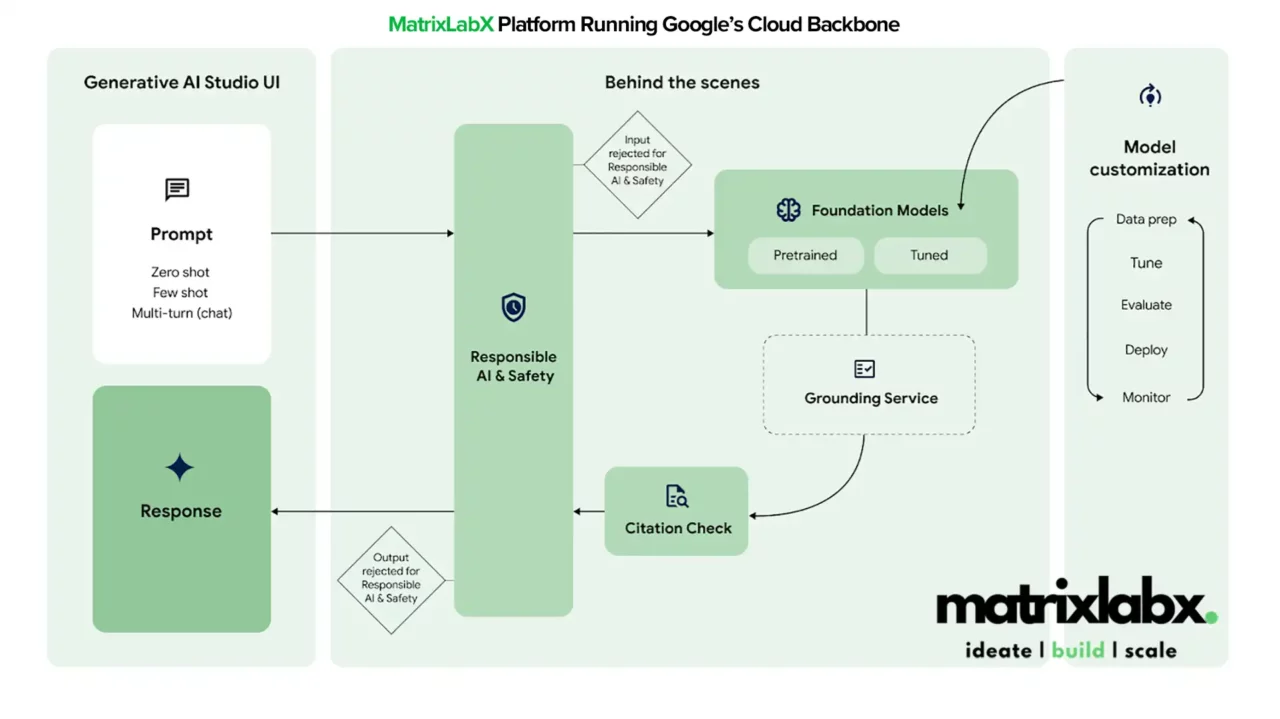
In the digital marketing landscape, Google has long been the go-to platform for driving website traffic.
However, relying solely on Google can be risky, and many marketing managers are exploring alternative traffic sources. This guide will explain what, why, and where to look outside Google for website traffic.
What: Diversifying Your Traffic Sources
Diversifying your traffic sources means relying on multiple channels to drive traffic to your website. This can include social media, email marketing, content marketing, and paid advertising. There are many benefits to diversifying your traffic sources, including:
- Reduced risk: If one traffic source suddenly dries up, you won’t be completely reliant on it.
- Increased reach: You can reach a wider audience by using multiple channels.
- Improved SEO: A diverse traffic profile can help improve your website’s search engine rankings.
Why: The Changing Digital Landscape
The digital marketing landscape is constantly evolving. Google’s algorithm is constantly changing, and new platforms are always emerging.
This means that marketing managers must be adaptable and willing to explore new channels.
Where: Alternative Traffic Sources
There are many alternative traffic sources that marketing managers can explore, including:
- Social media: Social media platforms like Facebook, Twitter, and Instagram are powerful tools for reaching a large audience.
- Email marketing: Email marketing is a great way to stay in touch with your customers and promote your products or services.
- Content marketing: Creating and publishing high-quality content can help you attract organic traffic to your website.
- Paid advertising: Paid advertising can be a quick and effective way to reach a large audience.
How: Getting Started
Getting started with alternative traffic sources can be daunting, but there are a few things you can do to make it easier:
- Start small: Don’t try to do everything at once. Start by focusing on one or two new channels.
- Set realistic goals: Don’t expect to see results overnight. Set realistic goals and track your progress over time.
- Get help: If you need help, several resources are available, including online courses, books, and marketing agencies.
Diversifying your traffic sources is essential for any marketing manager who wants to succeed in the long term. You can reduce risk, increase reach, and improve your SEO by exploring alternative traffic sources. SEO Pricing Guide: How Much Does SEO Cost In 2025?
Other Category
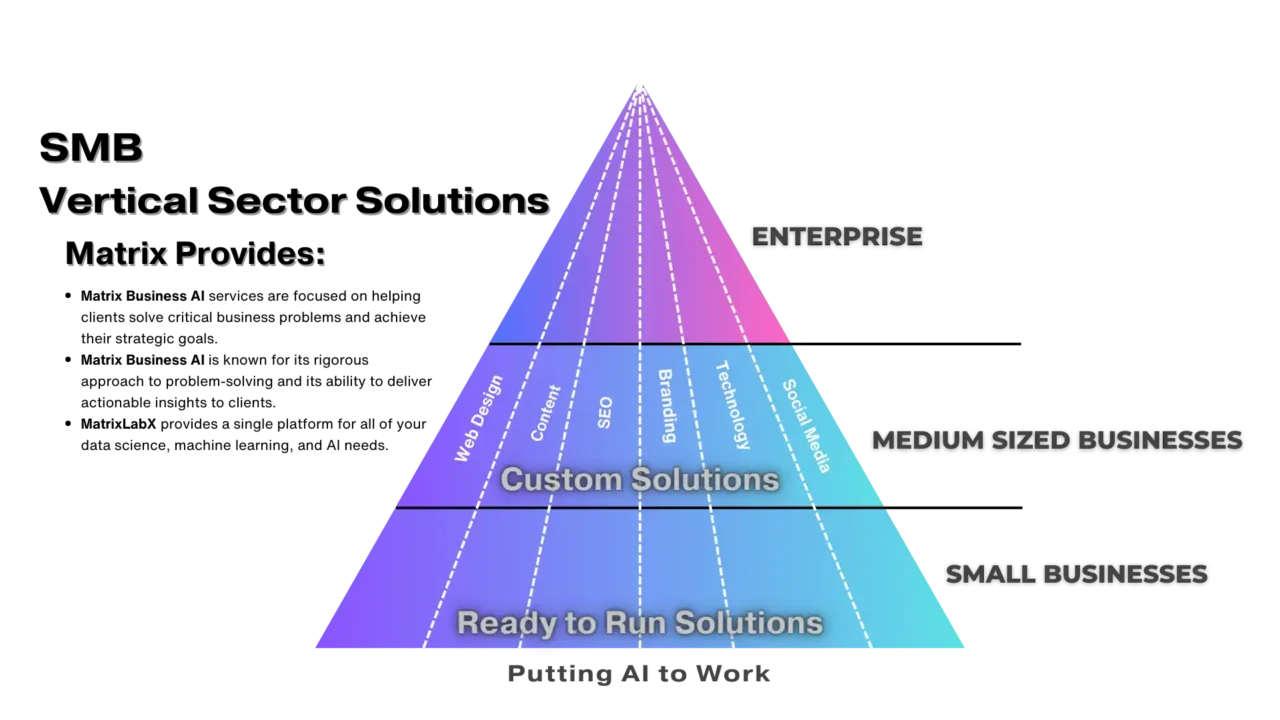
1. E-commerce Stores:
Imagine a massive online store with a vast selection of products that remains largely undiscovered by potential customers.
By diversifying your traffic sources beyond Google, you can tap into new audiences and significantly boost your sales.
Envision the excitement of witnessing a surge in website visitors, leading to increased product views, add-to-carts, and, ultimately, more conversions.
Don’t limit your online store’s potential to a single platform. Explore social media, influencer, and email marketing to reach untapped markets and accelerate your e-commerce growth.
2. Local Businesses:
Picture a charming café in a quaint neighborhood, struggling to attract new customers despite its delicious coffee and cozy ambiance.
By venturing beyond Google, local businesses can leverage the power of platforms like Yelp, TripAdvisor, and local directories to increase their visibility and attract customers searching for nearby services.
Imagine the satisfaction of seeing a steady stream of new faces walk through the café’s doors, filling the space with chatter and laughter.
Don’t let your local business be overlooked. Claim your listings on relevant platforms, engage with customers online, and leverage local SEO strategies to ensure your business shines in the digital landscape.
3. SaaS Companies:
Imagine a cutting-edge software solution that solves real-world problems, but its potential remains untapped due to limited online visibility.
By exploring alternative traffic sources, SaaS companies can connect with industry professionals, influencers, and niche communities where their solutions can make a difference.
Imagine the excitement of seeing your SaaS platform gain recognition, generating a buzz among your target audience, and leading to increased sign-ups and subscription conversions.
Don’t confine your SaaS company to a single marketing channel. Embrace content marketing, participate in industry forums, and establish strategic partnerships to expand your reach and drive growth.
Shifting from Lead Generation to Revenue Generation: A New Era for Marketing Managers
Unlocking 67% More Revenue: The Shift Every Marketing Manager Needs to Make
In today’s fast-paced digital landscape, marketing managers are bombarded with new strategies and tools claiming to revolutionize their approach. This statistic is not just a number—it’s a call to action for marketing leaders to reevaluate their strategies and realign their efforts with the bottom line. Schedule an appointment.
Diversify Your Traffic Sources for Website Growth: A Step-by-Step Guide
Unveil the untapped potential of alternative traffic channels and gain valuable insights into user behavior and search trends.
In digital marketing, relying solely on Google for website traffic can be limiting. By diversifying your traffic sources, you can reach a wider audience, reduce risk, and improve your search engine rankings.
This step-by-step guide will empower you to explore alternative traffic channels, boost your website’s visibility, and gain valuable insights into evolving user behaviors and search trends.
Step 1: Identify Your Target Audience:
Before you start exploring alternative traffic sources, it’s crucial to understand your target audience.
Conduct thorough market research to identify their demographics, interests, and online behavior. This knowledge will help you tailor your content and strategies to resonate with your ideal customers.
Step 2: Leverage Social Media Platforms:
Social media platforms are powerful tools for reaching a large and engaged audience.
Create engaging content that aligns with your brand’s values and share it across multiple platforms. Utilize social media analytics to track your performance and optimize your campaigns.
Step 3: Implement Effective Email Marketing Strategies:
Email marketing remains a highly effective way to nurture leads and drive traffic to your website.
Build a targeted email list, segment your audience based on their preferences, and send regular newsletters, promotional emails, and personalized messages.
Step 4: Create High-Quality Content:
Creating valuable and informative content is essential for attracting organic traffic to your website.
Publish blog posts, articles, infographics, and videos that address your audience’s pain points and provide solutions. Optimize your content for search engines and promote it across various channels.
Step 5: Explore Paid Advertising:
Paid advertising can be a quick and effective way to reach a large audience and generate instant traffic.
Utilize platforms like Google Ads, Facebook Ads, and LinkedIn Ads to target specific demographics and interests. Monitor your campaigns closely and adjust your strategies based on performance data.
Step 6: Track and Analyze Your Results:
Tracking your website traffic and analyzing your results is crucial for understanding what’s working and what’s not.
Analytics tools like Google Analytics monitor key metrics such as website visits, bounce rate, time on page, and conversion rates. Analyze your data regularly to identify trends and make informed decisions.
Step 7: Stay Updated with Industry Trends:
The digital marketing landscape is constantly evolving. Stay informed about industry trends, algorithm updates, and user behavior patterns.
Attend industry events, read marketing blogs and publications, and network with other marketers to gain valuable insights and stay ahead of the competition.
Conclusion:
Following these steps, you can diversify your website traffic sources, gain meaningful insights into evolving user behaviors and search trends, and achieve sustainable growth for your online business. Remember, a well-rounded traffic strategy that utilizes multiple channels will increase your website visibility, strengthen your brand’s online presence, and drive long-term success.
In today’s digital landscape, relying solely on Google for website traffic can limit your online visibility and growth potential. By diversifying your traffic sources, you can reach a wider audience, mitigate risk, and improve your search engine rankings.
Matrix Marketing Group specializes in helping businesses develop comprehensive website traffic diversification strategies. Our team of experts can help you identify alternative traffic channels, create engaging content, and leverage social media platforms to connect with your target audience.
With Matrix Marketing Group, you’ll gain a competitive advantage by:
- Reaching a wider audience
- Reducing your reliance on a single traffic source
- Improving your search engine rankings
- Gaining valuable insights into user behavior and search trends
Contact us today to schedule a consultation and learn how we can help you diversify your website traffic and achieve your online marketing goals.



